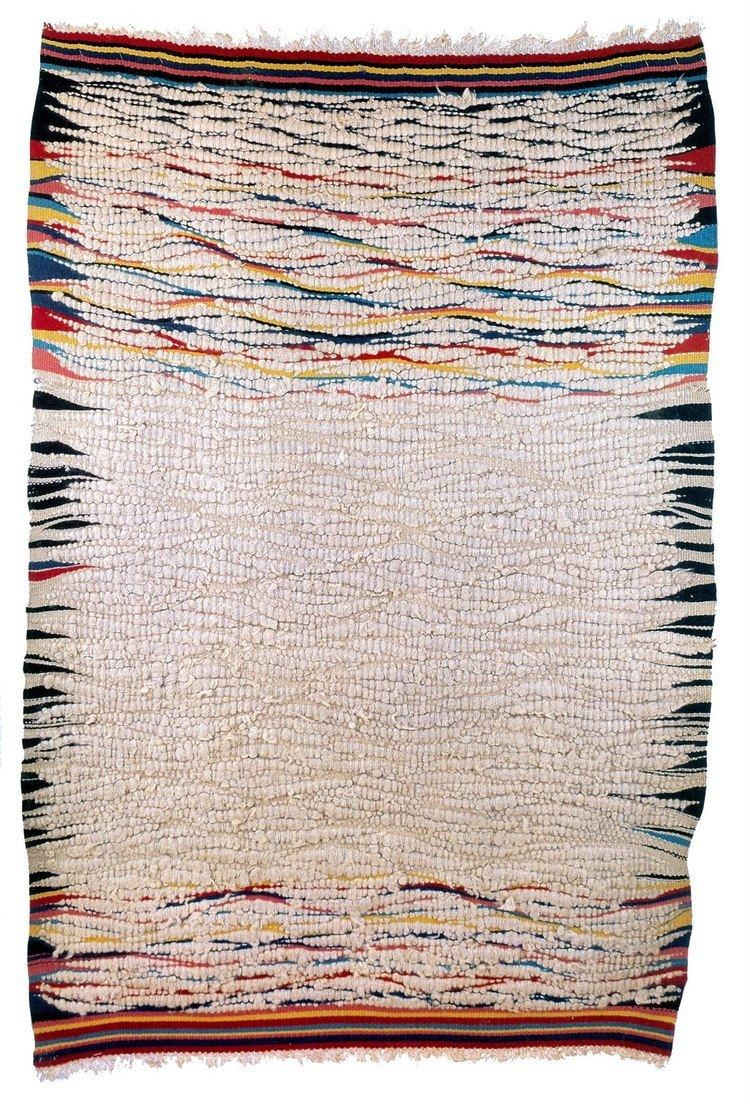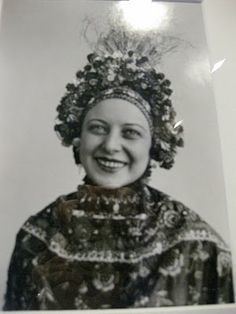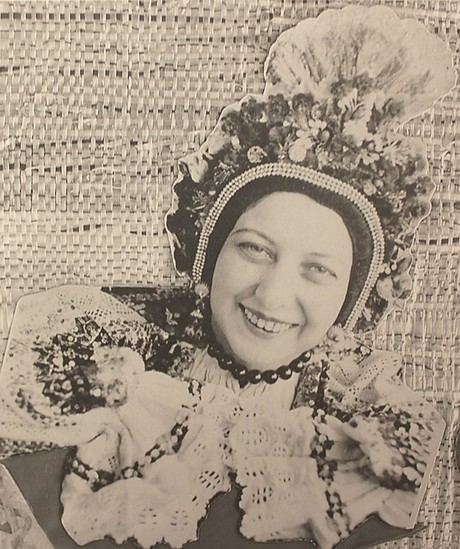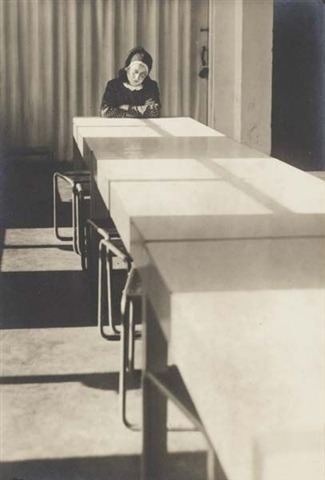Name Otti Berger | Died 1944, Oswiecim, Poland | |
 | ||
LECTURE–Opening Celebration for “The Bauhaus and Harvard” with Judith Raum
Otti Berger (* October 4, 1898 in Zmajevac / Baranja, Hungary; † 1944/45 in Auschwitz concentration camp) was a textile artist and weaver. She was a student and later teacher at the Bauhaus. Berger was born in Zmajevac, part of present-day Croatia. Berger had Yugoslav citizenship, but is often credited among Hungarian artists.
Contents
- LECTUREOpening Celebration for The Bauhaus and Harvard with Judith Raum
- Entrevista a Otti Berger
- Career
- References

Entrevista a Otti Berger
Career

Berger completed education at the Collegiate School for Girls in Vienna before enrolling in the Royal Academy of Arts and Crafts in Zagreb, now the Academy of Fine Arts, University of Zagreb. She continued her studies in Zagreb until 1926 before attending Bauhaus in Dessau, Germany. There, Berger studied under László Moholy-Nagy, Paul Klee, and Wassily Kandinsky, among others. Berger has been described as "one of the most talented students at the weaving workshop in Dessau."

A core member of the experimental approach to textiles at the Bauhaus, Berger experimented with methodology and materials during the course of her studies at the Bauhaus to eventually include plastic textiles intended for mass production. Along with Anni Albers and Gunta Stözl, Berger pushed back against the understanding of textiles as a feminine craft and utilized rhetoric used in photography and painting to describe her work. During her time in Dessau, she also wrote a treatise on fabrics and the methodology of textile production, which stayed with Walter Gropius and was never published. Berger is the only designer from Bauhaus who sought patents for her textiles.

Berger became a deputy to designer Lilly Reich in the textile workshop at Bauhaus. She began to create her own curriculum, and acted as a mentor to younger Bauhaus students who carried on Bauhaus methods, including Paris-based weaver Zsuzsa Markos-Ney and Etel Fodor-Mittag, who became a hand weaver in South Africa.

Not allowed to work in Germany under Nazi rule because of her Jewish roots, Berger closed her company down in 1936. Berger fled to London, where attempts to emigrate to United States to work with her fiancee Ludwig Hilberseimer and other Bauhaus professors failed. She was unable to find steady work in London, in part because she did not speak the language, but also because she had impaired hearing, and no social circle. Berger returned to Zmajevac in 1938 to help her family with her mother's poor health. From there, she was deported with her family to the Auschwitz concentration camp in April 1944, where she died.
